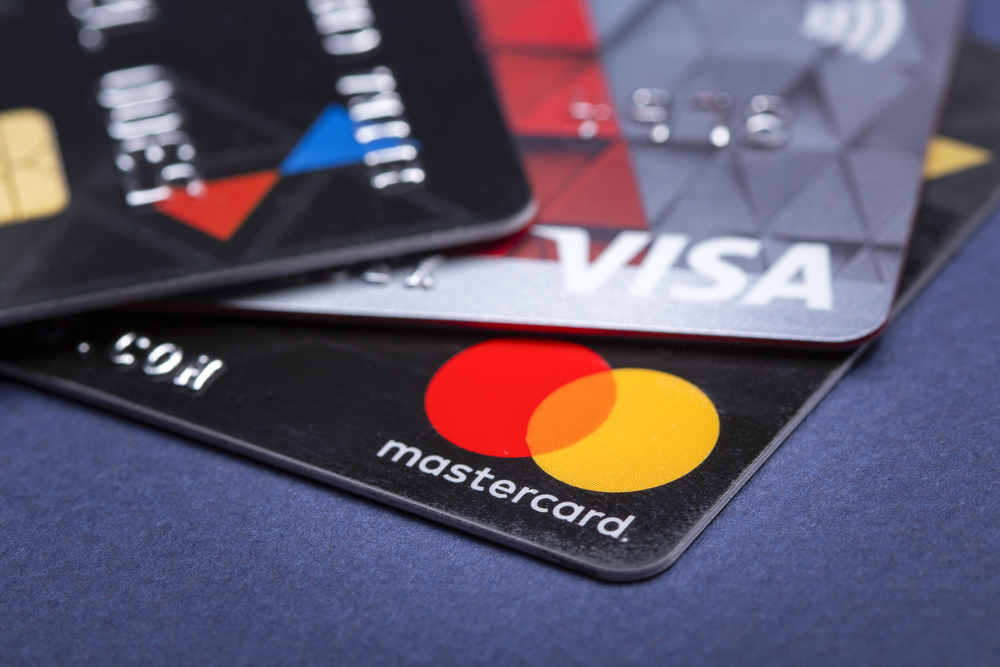
Payment Gateway Woes: Global Supply Chains Can Affect Merchant Accounts
Jul 21, 2020 7-MINUTE READ
World events are having an impact on global supply chains in e-commerce. This should matter especially to high-risk merchants. As soon as there’s a disruption in orders, it eventually affects your payment gateway and merchant account. Sometimes quicker than you expect.
Do you rely on companies in Asia for order fulfillment and manufacturing? Do you process payments with banks in Hong Kong? Are your online stores’ luxury goods or loose-leaf teas supplied from other parts of the world held up at borders?
As if the global pandemic wasn’t enough. Tensions are now rising across key regions involved in North American and European supply chains. Just look at the new Hong Kong security law, or tensions on the Indian and Chinese border as examples. It’s time to protect your payment gateway. Develop a long-term strategy to secure your payment processing abilities.
This blog will examine how recent world events are affecting high-risk e-commerce merchants. We’ll suggest strategies to mitigate their influence on your business. Ensuring you can continue to grow and scale during these uncertain times.
High-profile world events are affecting supply chains of high-risk merchants
One doesn’t have to look very hard to find world events that are stifling business operations for high-risk merchants globally.
1. India vs. China
For instance, there are clashes and increasing tensions at the Indian-Chinese border. In turn, huge issues with order fulfilment emerged with many customers experiencing delays in receiving their orders. It’s led to soaring rates of refunds and chargebacks. In response, India has halted the clearance of many industrial and commercial shipments. Disruption to cargo and freight shipments has been witnessed at many major Indian airports and sea ports. As a result, tensions and COVID-related difficulties are destabilizing supply chains for high-risk merchants.
2. Hong Kong security law
Next, the new security law brought into Hong Kong (which caused months of protests) has come into effect. Reaction has been swift. Some major tech companies have already pulled out the city state. Others are refusing to cooperate with Hong Kong authorities.
The move has also increased tension between the US and China. Britain, who used to rule Hong Kong until 1997, has also been angered by the move. The British government has already reacted by removing Huawei from the rollout of its 5G network.
By contrast, the Trump administration has imposed widespread sanctions. That includes ending Hong Kong’s preferential trading agreement.
3. Response to COVID-19
Finally, despite being much further along the COVID-response curve, some Asian countries are still struggling to return to pre-COVID output levels. Manufacturers cannot source materials or employees. Local quarantines are wreaking havoc on transportation of goods.
The latest research points to a full recovery taking at least six to twelve months for Asian manufacturing.

These events are all impacting the payment processing of e-commerce merchants in many ways. However, it’s the new security law in Hong Kong that could present the most serious challenge to merchant’s payment processing. After all, it’s the banking capital of Asia. Those companies who rely on Hong Kong-based banks could feel the full force of those sanctions mentioned above. Whether it is for regular banking or for payment processing, if your supplier is working with a bank in an unstable region, it can affect your orders and customers.
Let’s take a look at how these events will shape merchant account payment processing in the months and years to come.
Are you still struggling to recover from the impact COVID has had on your e-commerce business? Read our guide for navigating the pandemic.
How recent world events may shape your payment processing
-
Bank policies could change
High-risk merchants working with acquiring banks based in Hong Kong should be forward-looking. Banks change policies all the time. Sometimes, it’s a consequence of actions taken by national governments. These regulations can affect payment processing, even cutting off gateways and accounts all together.
The dust is yet to settle on what the security law truly means for Hong Kong banks. But already, US government is rumored to try and undermine the peg between the US dollar and Hong Kong dollar.
Restricting Hong Kong-based banks’ ability to acquire dollars could have several implications. They may face increased costs in setting up necessary foreign exchange reserves. As a result, it’s possible banks may opt to no longer process dollar-based transactions through online payment gateways, for example. This could have a devastating impact on thousands of high-risk merchants operating or buying supplies in the Asian region and beyond. Many of them could have to find new banks to continue operations.
This is just one mooted measure. There could be several other damaging policies enacted by the banks. Each move will aim to protect themselves from risk. For instance, they may refuse to process payments for even more high-risk industries than they do now. Falling closer in line to censorship policies.
-
Merchant reserves could go higher
In other regions (e.g. Europe or USA) payment providers could raise reserves on merchant accounts from 10% up to 30%. This move would reflect the increased risk level of doing business with Asian suppliers. With such stringent requirements, merchants will have their profit margins slashed. It stifles the ability to grow and scale.
-
Guaranteed shipping and delivery times
Those of you with supply chains in the region affected by these events can expect changes. For example, strict guarantees of shipping times during the merchant account application process. Otherwise, payment processors will view your operations as too risky. Especially if you already operate in a high-risk industry beset by supply chain problems. Not to mention geopolitical tensions.
This requirement comes as merchants with suppliers and order fulfilment centers based in China or India are struggling to get products to their European or North American-Based customers. Those who have not updated their shipping times to reflect their new reality have suffered. More customers are demanding refunds. Worse, others have not been so patient. Trends show more consumers are calling their banks to dispute credit card transactions which usually result in chargebacks.
So as you can see, high-risk merchants like you must take necessary precautions. You might be wondering how to ensure that today’s events (and those in the future) don’t severely affect operations moving forward.
How can high-risk merchants mitigate the impacts of global events?
Business continuity plan
Many factors are outside of your control as a business. But there are several steps you can take to ensure they have a minimal influence on your daily operations. The first stage is to set up a comprehensive business continuity plan (BCP).
This refers to a contingency plan you put in plan to mitigate the effects of huge global and local events. These include natural disasters, pandemics, and trade wars. Start by building a reserve of funds held in business bank accounts. This will cover losses incurred due to unforeseen situations. COVID-19 damaged almost every sector. But those who had the biggest cash reserves have coped the best.
Increase local inventory
Next, it makes sense to have a slight surplus with regard to your local inventory. Make use of local warehouses. That way, you can ensure that you always have a backup supply. In case of any temporary interruptions to your usual supply chain timescales. If no interruptions occur, you can always cycle the excess stock into your usual inventory. Then replenish your excess with newer stock as it comes in.
Manage consumer expectations
In crisis conditions, managing consumer expectations is vital. That starts with your shipping time as an e-commerce merchant. It’s vital that you scrap two-day shipping or expedited delivery options at the checkout. Instead, offer 10-15 days, and surprise your customers when their order arrives early. Always under-promise and over-deliver. Doing so ensures that you avoid the refunds and chargebacks that pose such a big threat to your payment processing. Also, send email updates and communicate with your customers about their order status.
Easy-to-read refund and cancellation policies
Some buyers may miss your elongated shipping turnarounds at the checkout, and want to pursue a refund. While this is not ideal, it’s much better than facing a chargeback claim. Thus, make refund and cancellation policies crystal clear so that they can understand the process. Also, make the process itself as simple as a few clicks. The last thing you want is a frustrated customer giving up on a refund and transforming it into a chargeback.
Diversify payment options
Finally, always explore both alternative and additional payment processing options. Aim to diversify your payment gateways and merchant processing in various locations. You can then carry on as normal if one of them experiences difficulties.
High-risk merchants with all of their payment processing eggs in one banking basket will fear the worst. Securing a few offshore merchant payment options makes the threat less severe.
When it comes to payment processing, you very much take the approach of “plan for the worst, hope for the best.”
Shore up your defenses to world events outside of your control
Recent world events have brought into sharp focus the dangers of relying on one merchant account. Or the risk of relying on one region for sourcing and fulfilling e-commerce products. Diversification is always the best approach when it comes to mitigating risk. By diversifying payment processing through several payment gateways, you can safeguard your future growth.




